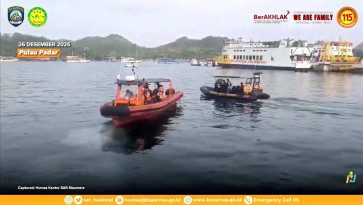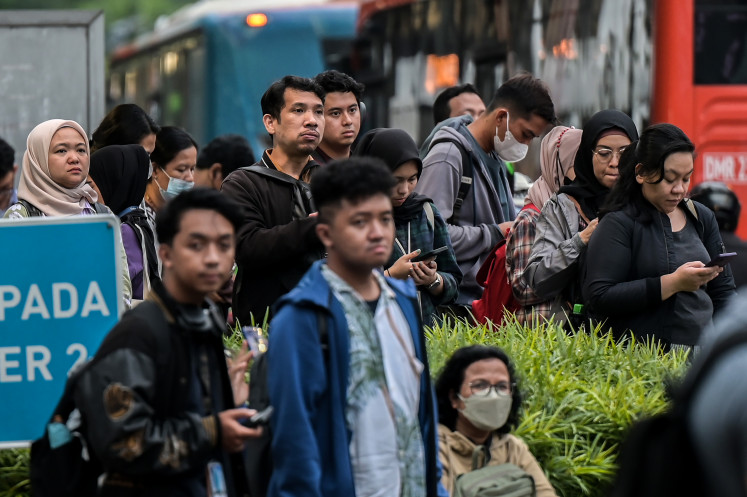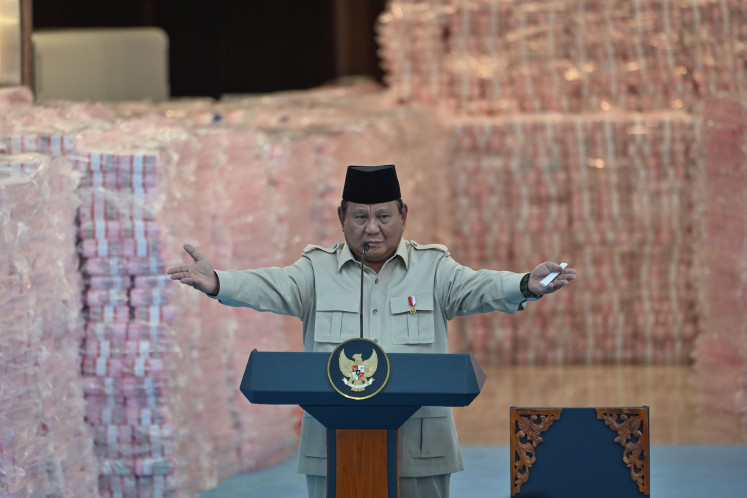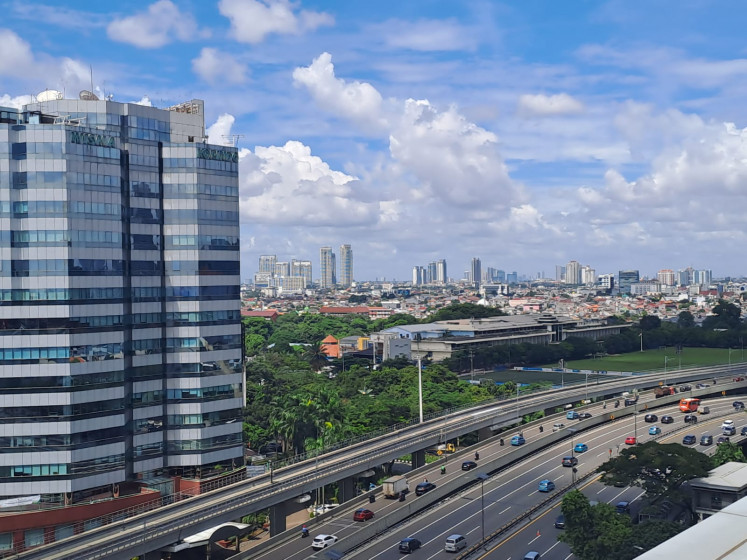Popular Reads
Top Results
Can't find what you're looking for?
View all search resultsPopular Reads
Top Results
Can't find what you're looking for?
View all search resultsHistory of the forts of eastern Indonesia
One might reasonably ask what spices, especially cloves and nutmeg, have to do with forts and fortresses?The main reason Europeans sailed to Asia was to control trade routes and spice-producing regions
Change text size
Gift Premium Articles
to Anyone
One might reasonably ask what spices, especially cloves and nutmeg, have to do with forts and fortresses?
The main reason Europeans sailed to Asia was to control trade routes and spice-producing regions.
Many efforts were made to break the monopoly in the spice trade held by traders from India, China and the Middle East; the breakthrough came when Portuguese navigator Vasco da Gama reached India in 1499 via Cape of Good Hope, opening the route to Asia.
Before long, the Portuguese had moved in, occupying Malacca and the Malay Peninsula in 1511.
After a secret Portuguese expedition by Antonio d’Abreu and Francisco Serrao to the Maluku Islands in the early 16th century, the Spanish adventurer Ferdinand Magellan followed in 1522 and Englishman Francis Drake in 1579. The Maluku Islands were now open to Europeans.
Under the Treaty of Tordesillas, signed in 1494, which divided the world outside Europe between Spain and Portugal along a north–south meridian 370 leagues west of Cape Verde islands, the Maluku Islands were divided into two.
This was revised by the Treaty of Saragossa, signed in 1592, under which the Maluku Islands fell into Portugal’s hands, hence the strong Portuguese influence in the Maluku Islands during the 16th century.
But if the 16th century was the Portuguese era, the first half of the 17th century belonged to the Dutch, with the Dutch East India Company (the Vereenigde Oost-Indische Compagnie or VOC) and colonial government), with some bits of British influence in several places.
In every strategic place, the Dutch built posts and forts to control trading routes and protect themselves. Such fortifications could be the whole city or part of the city center.
Many of these fortifications are replicas of original buildings in Europe. Generally, they consisted of the main fort, surrounded by small forts or redoubts, which were used as the watch towers.
During the Pacific War, Papua and the Maluku Islands became a strategic area both for the Japanese and for Allied forces. Japan needed the region to hold off any incursion from the east and south, while the Allied forces needed the region to launch an assault on the Japanese forces, which then occupied everywhere from the Philippines to Tokyo.
The Japanese forces built pillboxes along the coastline as their outer defense line, while using natural and built cages inland to stop the advance of the Allied forces.










